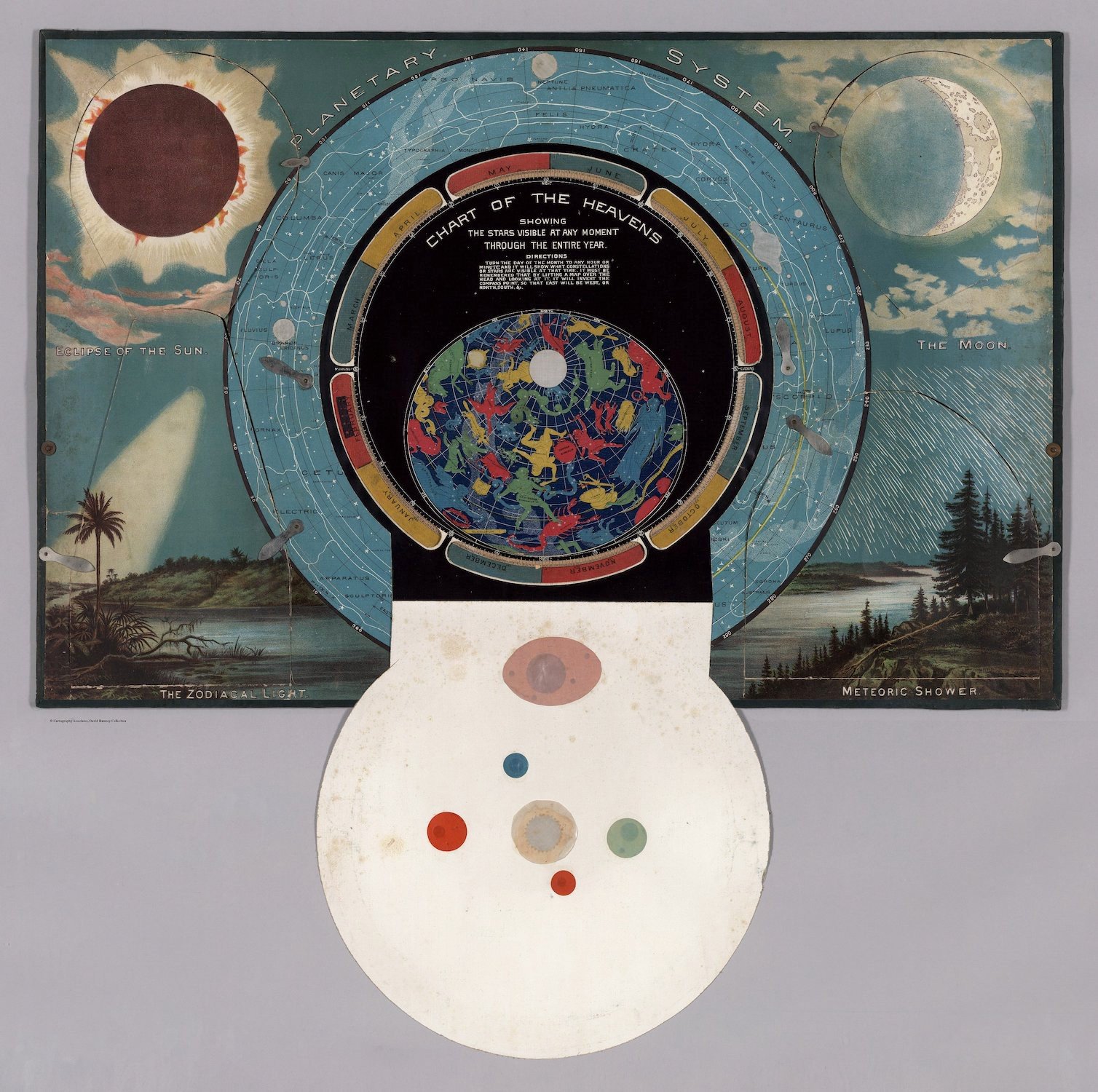Ancient Design Wisdom: Timeless Principles of Design & Creation
There's something magical about design that just works. You know the feeling ~ when a visual speaks directly to your soul, when a layout feels inevitably perfect, when every element seems to breathe with life.
As a designer, I've discovered that these moments of perfection aren't random. They're often connected to principles as old as civilization itself.
The Hidden Language of Creation 🌀
Universal Patterns ~
What if I told you that the same patterns that shape galaxies and seashells also guide exceptional design? The ancients understood something profound: certain proportions, patterns, and principles aren't just "rules" – they're the very language of creation itself.
The Golden Ratio ~
Take the Golden Ratio (1:1.618), for instance. This mathematical relationship appears everywhere in nature, from the arrangement of leaves on a stem to the spiral of the Milky Way. When we incorporate this ratio into our designs, we're not just following a formula – we're speaking in harmony with the universe's own creative voice.
Sacred Geometry Foundations 📐
The Building Blocks ~
Every time I start a new design project, I find myself drawing upon what the ancients called Sacred Geometry. These aren't just shapes; they're the building blocks of visual harmony:
Primary Forms ~
🔘 The Circle: Unity and wholeness
🔺 The Triangle: Stability and ascension
⬜ The Square: Material grounding
🌀 The Spiral: Growth and evolution
🔷 The Hexagon: Perfect efficiency
The Color Frequency Theory 🎨
Beyond Visual Aesthetics ~
Ancient cultures didn't see colors as mere visual elements – they understood them as frequencies of light, each carrying its own energy and meaning.
Color Energetics ~
When we choose colors for a design, we're selecting specific vibrations:
✨ Gold: Wisdom and illumination
🌊 Deep Blue: Depths of consciousness
🌍 Earth Tones: Grounding and stability
💜 Purple: Transformation
⚪ White: Unity and possibility
Space as a Design Element 💨
The Power of Ma ~
Perhaps the most profound ancient design wisdom comes from Eastern philosophy: the concept of empty space as a positive element. In Japanese design, this is called 'Ma' ~ the powerful pause between notes, the breath between words, the space that allows design to resonate.
Modern Applications 💻
Practical Integration ~
How do we apply these timeless principles in today's fast-paced digital world? Here's how I integrate them at Estudio Karr:
1. Sacred Intent
◦ Begin with purpose
◦ Connect with project essence
◦ Set clear intentions
2. Nature's Wisdom
◦ Observe natural patterns
◦ Incorporate organic rhythms
◦ Follow natural proportions
3. Conscious Space
◦ Embrace white space
◦ Allow designs to breathe
◦ Create visual rhythm
4. Color Consciousness
◦ Choose with intention
◦ Consider energy impact
◦ Create harmonious palettes
5. Geometric Foundation
◦ Use sacred forms
◦ Apply golden ratio
◦ Create balanced layouts
Bridging Past and Present 🌉
The Modern Designer's Role ~
As modern designers, we stand at a unique crossroads. We have access to incredible digital tools, but our most powerful assets might be these ancient principles that have shaped human creativity for millennia.
Creating Timeless Design ~
When we create with awareness of these timeless truths, we're not just making designs ~ we're participating in a tradition as old as humanity itself. We're speaking a visual language that resonates with the deepest parts of human consciousness.
Taking Action ⚡
Start Your Journey ~
Whether you're a designer or someone who appreciates design, I invite you to start noticing these principles in the world around you:
◦ Observe the Golden Ratio in nature
◦ Notice sacred geometry in architecture
◦ Pay attention to color energetics
◦ Experience the power of space
Connect With Us ~
Ready to create a brand that resonates on a deeper level?




